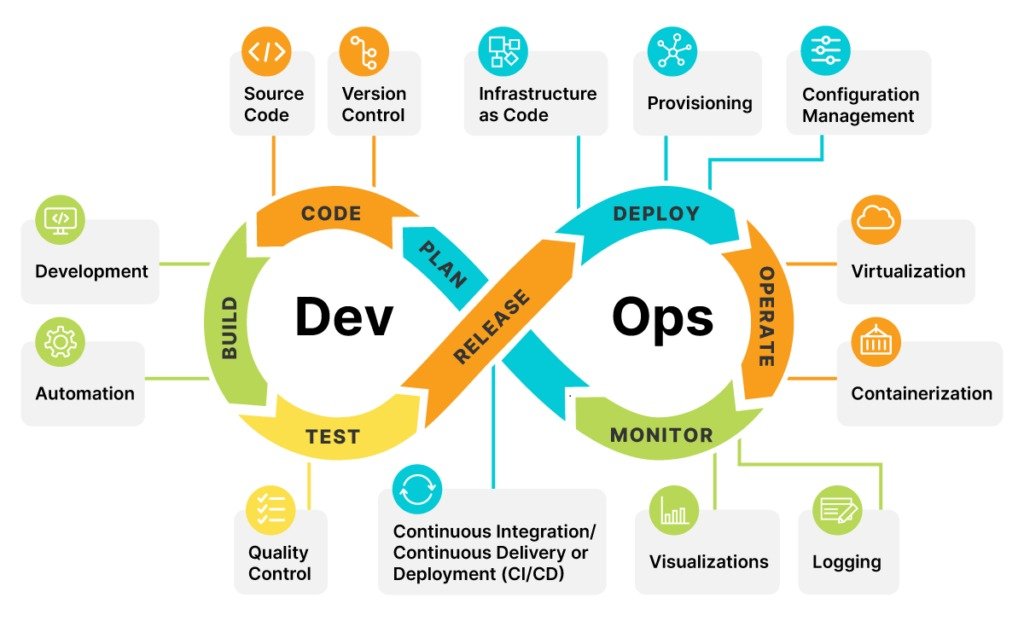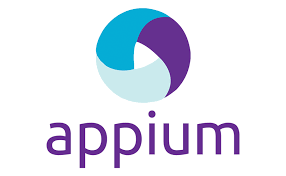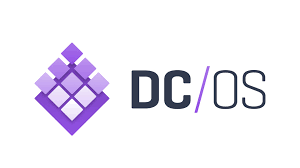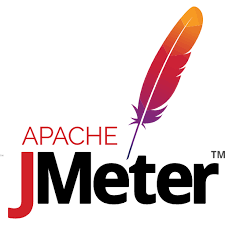About DevOps

Overview
DevOps is a framework in software development methodology or cultural approach that aims to bridge the gap between software development teams (Dev) and IT operations teams (Ops). DevOps emphasizes end to end collaboration, communication, and automation throughout the software development lifecycle to enable faster, more frequent, and more reliable delivery of software applications. By adopting collaboration and communication between these teams, DevOps aims to improve efficiency, reduce errors, and accelerate the time it takes to deliver new features and updates to end users. DevOps practices are vital for IT product management companies as they enable faster time to market, improved collaboration, enhanced software quality, increased stability, efficient resource utilization, continuous improvement, and business agility. By adopting DevOps principles, organizations can streamline their software delivery processes, drive innovation, and deliver value to customers more effectively. In IT development, the product or application move through multiple environments like development, testing, staging, beta and finally hosting. The design, maintenance and operation of the pipeline during delivery play critical role to enable efficient and reliable software delivery to end users. DevOps support continuous integration (CI / Changes) and continuous delivery (CD) to align mode of development.
Fill the form
To Register
















what is a software application?
A software application, most of the time we call as “app,” is a computer program designed to perform a specific task or set of tasks for a user or group of users. Objective of developing a software are mostly related to providing solutions related to business, education, technical analysis, entertainments etc. Software that is intended to be used by individuals or organizations to perform specific functions, such as managing data, creating documents, or accessing information.
Why knowledge of SDLC is important ?
The fundamentals of SDLC(software development lifecycle) knowledge helps to ensure that software is developed in a structured and systematic way, which can improve quality, reduce costs, and ensure compliance with regulations. The structured approach of SDLC is a guided framework to develop a software application from requirement specification , analysis, design, development and implementation. It also include critical activities like testing & maintenance. The development lifecyle model adoption also depends upon the need and requirements.There are multiple SDLC models like Waterfall, Spiral, V, RAD etc.
How to install the software on local machine?
Click edit button to change this text. Lorem ipsum dolor sit amet, consectetur adipiscing elit. Ut elit tellus, luctus nec ullamcorper mattis, pulvinar dapibus leo.
What are the phases in Devops ?
Like every IT project Devops also has it’s plan based on requirements of operational supports, develop the actions or activities for software code/component integration, Testing functionalities, performance, securities, release software/application, deployment of applications, confirm operatibility & monitor system.
What is Agile methodology of development ?
This model followed fthe guideline of Agile Manifesto. Which is a set of values and principles for software development that prioritize individuals and interactions, working software, customer collaboration, and response to change.It is an iterative and incremental approach to software development that emphasizes flexibility, collaboration, and rapid delivery of working software.
What are the phases in Devops ?
Like every IT project Devops also has it’s plan based on requirements of operational supports, develop the actions or activities for software code/component integration, Testing functionalities, performance, securities, release software/application, deployment of applications, confirm operatibility & monitor system.
what is Software version control in DevOps?
Software version control is a system that tracks and manages changes to software code, allowing developers to collaborate, maintain a history of revisions, and easily revert to previous versions when needed, ensuring better code management, team collaboration, and software stability.
what is Software code building in DevOps?
Software or code building refers to the process of compiling and linking source code files, along with any necessary dependencies, to create an executable or deployable artifact that can be run on a target environment, ensuring that the code is transformed into a functional software application or component.
What is DevOps Infrastructure and Cloud Automation ?
DevOps Infrastructure and Cloud Automation refers to the practice of using automated tools and processes to provision, configure, and manage infrastructure resources in the cloud, enabling seamless and efficient deployment, scaling, and maintenance of applications, and facilitating the integration of development and operations teams for improved collaboration and faster software delivery.
What are the top activities of Devops ?
The top activities of DevOps are focused on collaboration, automation, and optimization to ensure that software development and deployment are efficient, effective, and of high quality. Continious integration and delivery (CI/CD), configuration management, verion control, hosting, testing, automating activities, align securities and compliance, monitoring and tooling to streaming and deployment.
what is DevOps
DevOps is a software development approach, creation of a combinational platform using multiple tools and technologies that combines development (Dev) and operations (Ops) teams to enhance collaboration, automate processes, and deliver software more rapidly and reliably, enabling organizations to achieve faster time-to-market, improved quality, and increased efficiency in their software delivery lifecycle.
As a fresher can I learn DevOps?
Yes, As a fresher, you can learn DevOps by acquiring foundational knowledge of its principles, tools, and practices, and gaining hands-on experience through projects or internships. Continuous learning, curiosity, and a growth mindset will pave the way for a successful DevOps career. As a fresher, for you, It also important to know how multiple teams , roles play critical functions during DevOps deliveries. And, you might choose oen or two specific areas of DevOps to buils your near career.
what is CI/CD in Devops ?
CI/CD (Continuous Integration/Continuous Deployment) in DevOps is a set of practices and automated processes that enable developers to integrate their code changes frequently and automatically build, test, and deploy applications to production environments, ensuring faster feedback cycles, reduced time-to-market, and increased agility in software development and delivery.
what is container orchestration in DevOps?
Container orchestration in DevOps refers to the automated management and coordination of containers at scale, including tasks such as deployment, scaling, networking, and load balancing, enabling efficient and reliable management of containerized applications across distributed environments.
what is monitoring resources in DevOps?
Monitoring resources in DevOps involves the continuous tracking and analysis of various system metrics, application performance, and logs to ensure the health, availability, and optimal utilization of infrastructure resources, enabling proactive identification and resolution of issues for enhanced operational efficiency and reliability.
what is Cloud Computing in DevOps?
Cloud Computing in DevOps refers to the practice of utilizing remote servers, storage, and services accessed over the internet to enable efficient development, testing, deployment, and management of software applications, allowing for increased scalability, flexibility, and cost optimization in the software development lifecycle.
what is AWS deployment in DevOps?
AWS deployment in DevOps involves leveraging Amazon Web Services (AWS) to automate the provisioning, deployment, and management of applications and infrastructure, enabling teams to achieve continuous delivery, scalability, and resilience in their software development processes, ultimately enhancing agility and efficiency in the DevOps lifecycle.
What is the usefulness of Linux shell scripting?
Shell scripting in DevOps is highly useful as it allows automation of repetitive tasks, facilitates process orchestration, and enables seamless integration between different tools and systems, resulting in improved efficiency, consistency, and scalability in the software development and deployment processes.
What is AWS EC2?
| AWS EC2 (Elastic Compute Cloud) is a web service that provides resizable compute capacity in the cloud. EC2 allows users to rent virtual servers (EC2 instances) and run their applications on them, providing flexibility, scalability, and control over compute resources in the AWS cloud. |